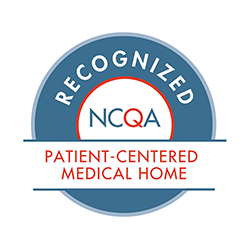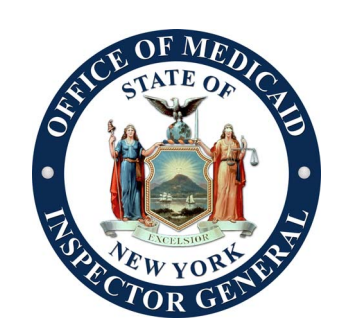Our dermatologists work to get to know you, your medical history and your immediate needs.
Skin cancer is the most common type of cancer among people in the U.S. You can protect your skin health by visiting a dermatologist.
Doctors who are experts in the prevention, diagnosis and treatment of skin cancer and other skin conditions are called dermatologists. They also treat medical issues related to hair and nails.
At Long Island Select Healthcare (LISH), we understand that skin health is a critical component of your overall wellbeing, so we offer dermatology services at select Suffolk County locations.
Skin, Hair and Nail Concerns
Issues with your skin, hair and nails may cause you to feel self-conscious or dissatisfied with your appearance. Not only that, but these problems can also be signs of serious health conditions. A dermatologist can provide medical treatment for these concerns.
You may need to visit a skin specialist if you are experiencing:
- Changes in a mole
- Rough, red or otherwise inflamed patches of skin
- Itchy rashes
- Warts or other growths
- Cold sores
- Serious acne
- Infected or ingrown nails
- Thinning hair
It’s particularly important to see a dermatologist about these issues if they persist for an extended period of time.
Signs of Skin Cancer
Strange or unusual moles warrant a dermatology appointment. Reasons for concern include:
- Lopsided shape instead of symmetrical
- Rough, uneven edges
- Multiple colors in the mole
- Size greater than 6 millimeters across
- Itchiness
- Crusting, oozing or bleeding
- Changes or developments in a mole’s color, size or appearance
These could be symptoms of skin cancer, so it’s important to consult a doctor about them as soon as possible.
The most common types of skin cancer include:
- Basal cell carcinoma
- Melanoma
- Squamous cell carcinoma
There are other varieties of skin cancer as well, but they are less common.
Visiting the Dermatologist’s Office
At your first appointment, the doctor will want to know about your medical history. This may include asking questions about whether you or anyone else in your family has had skin cancer before.
You’ll have time to share information about skin, hair or nail problems that you are currently experiencing. It may be a good idea to bring pictures of a recent flareup and a list of the medications or topical products that you’ve tried. The doctor may need to run tests to provide an accurate diagnosis.
Before you leave, the specialist may closely examine your skin from head to toe to look for areas of concern, perhaps ones that you hadn’t noticed before. A dermatoscope is a small instrument that the doctor can use to get a better look at any troubling spots.
Tests and Treatments for Skin Conditions
Dermatologists have many tools at their disposal to help with your skin, hair and nail troubles. These may include:
- Oral medications
- Over-the-counter or prescription creams or ointments
- Cryotherapy (freezing a growth with a chemical solution)
- Laser therapy
- Steroid injections
Some skin conditions, such as rashes or moles, may need to be biopsied for a proper diagnosis. First, the doctor will remove a small portion of the affected area using a sharp tool. You’ll receive local anesthesia so you can’t feel the procedure.
The tissue sample will be sent away for examination. It may take a few weeks to receive results. At that point, you may need to follow up with the doctor for further treatment.
Cancerous growths should be removed. The dermatologist may perform an in-office excision procedure to cut the affected tissue out of the body. You may need stitches afterward.
Some skin cancers require more invasive surgeries, and radiation treatment is sometimes needed as well.
Regular Skin Checks
A trip to the dermatologist’s office shouldn’t be reserved only for when you are having skin problems. It may be a good idea for you to book appointments for regular skin checks, especially if you have one or more risk factors for skin cancer.
Your chance of developing skin cancer may be higher if you:
- Have a large number of moles or freckles
- Have a family history of skin cancer
- Have had atypical moles or skin cancer in the past
- Are at least 35 years of age
- Have a history of sunburns or indoor tanning
Skin specialists can review your body regularly for new or changing moles. The medical team may take photos of your skin to use as a helpful reference for identifying changes over time. You may need to have these checks performed once a year. Skin cancer is usually easier to cure when it is detected early.
Contact LISH for Dermatology Services on Long Island
Taking care of your skin is an important part of protecting your health. Visiting your dermatologist’s office regularly is the best way to make sure that an expert is keeping an eye on your skin.
The LISH dermatology department serves Long Island patients of all ages, including those with special needs. Schedule your appointment by calling our central office at (631) 650-2510, or use the online contact form to email us with questions.


















